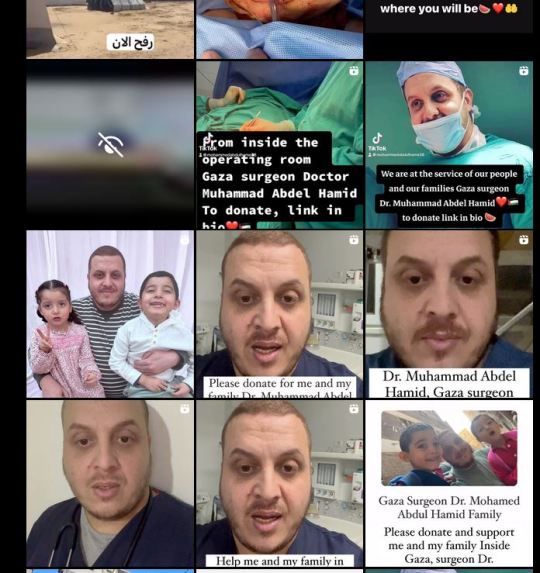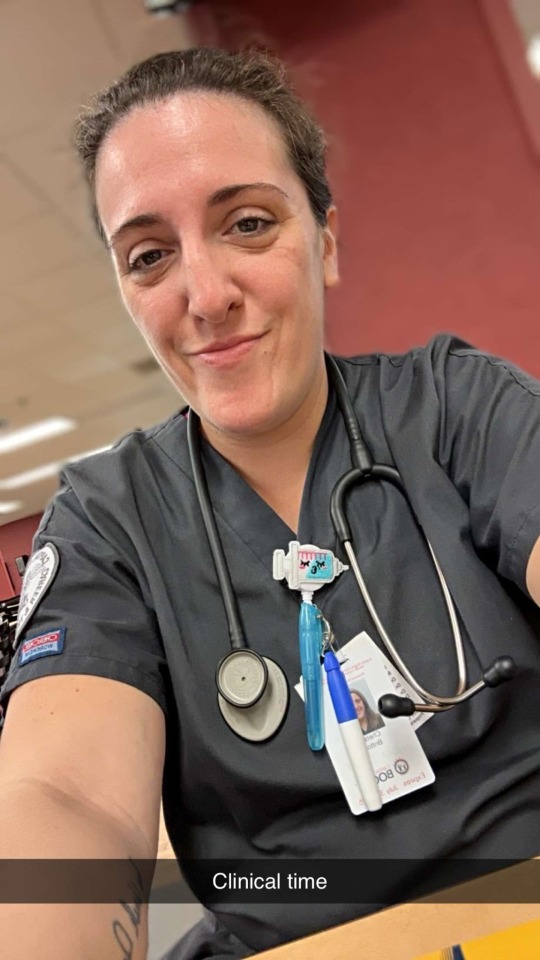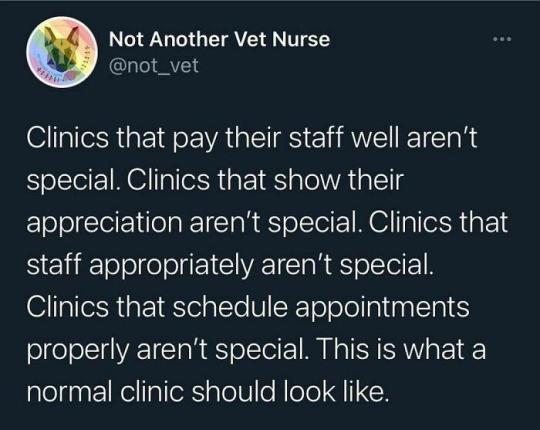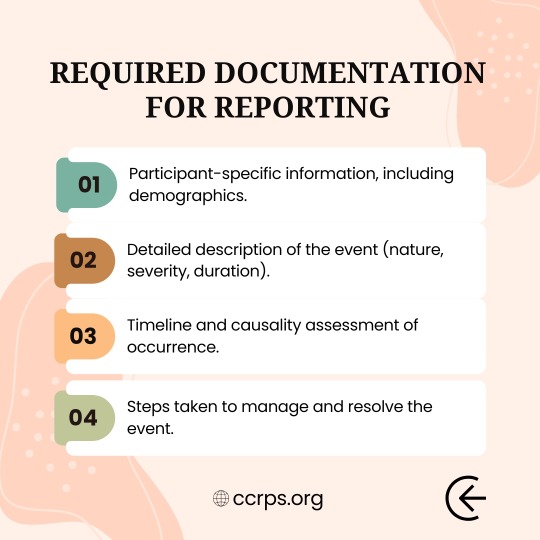#ClinicalStudy
Explore tagged Tumblr posts
Text


Clinicals. Lectures. Sleep. Repeat. || 07.05.2024
#studyblr#studying#inspiration#productivity#university#studyspo#med school#starbucks#medicine#coffee shop#clinicalstudy#hospital#medblr#medizinstudium
159 notes
·
View notes
Text
#netflix#netflix poll#netflix original#i am the pretty thing that lives in the house#the babysitter#gerald's game#geralds game#death note 2017#death note#1922#cargo 2017#cargo#1922 2017#little evil#little evil 2017#clinical 2017#clinical#poll#horror#horror film#horror poll#movie poll#film poll#horror movie#clinicalstudy#movie#film#horror movie poll#movie polls#movies
15 notes
·
View notes
Text

Oxford Handbooks are not only brilliant for quick revision before clinical internships,but they can also boost up your cry-baby mood from all day spent in hospital with pearls like this ❣️
(omg he was kissed REPEATEDLY!!)
#Shoul I re-consider my chosen specialty ?#Ophtalmology is so romantic?!#better mood after reading this#medical university#oxford handbook#clinical medicine#medical stuff#medical humor#medblr#medblr community#medical training#oxford books#med school#hospital#clinical pearls#studyspread#tmedic#studyblr#i wanted to cheer you up#boost mood#❤️#ophtalmology#clinicalstudy
20 notes
·
View notes
Text

Dr Mohammed Abdulhamid North gaza family - Rebuild
Vetting: personal videos on IG Personal YT Video #1 instagram: dr_mohammed1986
Folks in northern Gaza have been hit the worst with the famine & terrible conditions, as they're so far from the Aid crossings- Dr Mohammed Abdulhamid has been caring for the wounded of Palestine & is now praying for our care! Help give this healthcare hero hope of rebuilding life again after the atrocities stop, we can't as individuals stop the endless flow of wounded but we Can take the stress of rebuilding off of his plate- Thank you for your kindness & consideration of any contributions, hearts or re-shares to help his story to be heard <3


Help Surgeon Mohammed & his family in Gaza gofund.me/6cde313b
#doctor who#healthcare#clinicalstudy#doctor strange#tenth doctor#medicine#nurse#surgery#surgeon#health and wellness#healthylifestyle#cosmetic surgery#war on gaza#free gaza#gaza#gaza strip#support palestine#palestine#hero
9 notes
·
View notes
Text

Innovative Alzheimer’s Treatment: High-Intensity Interval Training and Cannabidiol Synergy 🌟 --- Our recent study explores the synergistic effects of High-Intensity Interval Training (HIIT) and Cannabidiol (CBD) on combating Alzheimer's Disease (AD). Key findings include: 🔬 Biomarker Regulation: Significant modulation of apolipoprotein E (APOE), presenilin-1, and glutamate proteins, with the combined treatment showing the most profound impact. 🧠 Cognitive Enhancement: Improved memory and learning capabilities in treated rats, demonstrated through enhanced performance in the Morris Water Maze test. 💉 Amyloid Beta Reduction: Significant decrease in amyloid beta plaque accumulation, particularly effective with the combined HIIT and CBD treatment. ⚛️ Apoptosis Reduction: Lowered rates of apoptosis in hippocampal neurons, showcasing the protective effects of the combined therapy. Conclusion: The combination of HIIT and CBD shows great promise in treating cognitive impairment and reducing Alzheimer’s pathology, offering a potential therapeutic strategy for managing AD. --- 📅 Published Date: December 2024 Explore the complete study here: https://ijbms.mums.ac.ir/article_24768.html
#AlzheimersDisease#CognitiveImpairment#HIIT#Neuroscience#HealthInnovation#ScientificBreakthrough#FutureOfMedicine#ResearchLife#UniversityOfTehran#BrainHealth#Neuroprotection#ClinicalStudy#HealthScience#Cannabidiol#AmirMohammadZobeydi#highintensityintervaltraining
4 notes
·
View notes
Text

3 notes
·
View notes
Text

This is what a normal clinic should look like.
#This is what a normal clinic should look like.#clinics#dental clinic#clinicalstudy#clinical zoanthropy#clinical cynanthropy#clinical lycanthropy#clinic#ausgov#politas#auspol#tasgov#taspol#australia#fuck neoliberals#neoliberal capitalism#anthony albanese#albanese government#random facts#fun facts#interesting facts#jack facts#facts#charlie and the chocolate factory#fact#earth#clinical trials#just a general fyi#just fyi#also fyi
5 notes
·
View notes
Text
What is Anemia of Chronic Disease?

Anemia of Chronic Disease (ACD), also known as anemia of inflammation or anemia of inflammation and chronic disease, is a prevalent condition often associated with chronic illnesses that last longer than three months and cause sustained inflammation. This form of anemia is particularly challenging because it not only stems from the chronic disease itself but also exacerbates the overall health burden on affected individuals.
Pathophysiology
The pathophysiology of ACD is closely linked to the body’s inflammatory response. Chronic inflammation, which is a hallmark of many autoimmune diseases and long-term illnesses, significantly alters iron metabolism. Normally, iron is recycled from old red blood cells and used in the production of new ones. However, in ACD, inflammatory cytokines, particularly interleukin-6 (IL-6), stimulate the production of hepcidin, a hormone that regulates iron homeostasis. Hepcidin inhibits iron absorption in the gut and traps iron in macrophages, making it unavailable for red blood cell production, leading to a functional iron deficiency. Additionally, chronic inflammation can suppress erythropoiesis (the production of red blood cells) and reduce the lifespan of existing red blood cells, compounding the severity of anemia.
Epidemiology and Affected Populations
ACD is the second most common type of anemia after iron-deficiency anemia, particularly in populations over the age of 65. It is often seen in individuals with chronic conditions such as cancer, chronic kidney disease (CKD), heart failure, and a range of autoimmune diseases including rheumatoid arthritis, systemic lupus erythematosus (SLE), and inflammatory bowel diseases like Crohn’s disease and ulcerative colitis. The prevalence of ACD in these populations highlights the importance of understanding and managing this condition effectively to improve overall patient outcomes.
Clinical Presentation
The clinical symptoms of ACD are often subtle and can overlap with those of the underlying chronic disease. Common symptoms include fatigue, weakness, pallor, shortness of breath, and dizziness. These symptoms may be exacerbated during physical activity. However, the mild nature of ACD symptoms means that the condition is often underdiagnosed or attributed solely to the chronic disease without recognizing the contribution of anemia.
Diagnosis and Laboratory Findings
Diagnosing ACD involves a combination of clinical evaluation and laboratory testing. Blood tests are crucial for identifying the characteristic features of ACD, including low hemoglobin levels, normal or elevated serum ferritin (reflecting adequate iron stores), low serum iron, and low transferrin saturation. The reticulocyte count is typically low, indicating reduced erythropoiesis. In some cases, a bone marrow biopsy may be conducted to assess iron stores directly and rule out other causes of anemia.
Management and Treatment Strategies
The primary approach to managing ACD is to address the underlying chronic condition. Effective treatment of the chronic disease often leads to an improvement in anemia. However, in cases where the anemia is severe or the chronic disease is difficult to control, additional interventions may be necessary. These can include:
Erythropoiesis-Stimulating Agents (ESAs): Synthetic forms of erythropoietin (EPO) can be administered to stimulate red blood cell production. This is particularly useful in patients with chronic kidney disease or cancer, where endogenous EPO production is impaired.
2 .Iron Therapy: Although oral iron supplementation is typically less effective in ACD due to hepcidin-induced iron sequestration, intravenous iron therapy may be beneficial, particularly when combined with ESAs.
3 .Blood Transfusions: In cases of severe anemia, blood transfusions may be required to rapidly increase hemoglobin levels. However, this is generally considered a short-term solution due to the potential risks of iron overload and transfusion-related complications.
Prevention and Lifestyle Modifications
While ACD itself may not be preventable due to its association with chronic diseases, patients can take steps to support overall health and potentially mitigate the severity of anemia. A balanced diet rich in iron (from sources such as lean meats and dark leafy greens), folate, vitamin B12, and vitamin C can support healthy red blood cell production. Regular monitoring of iron levels and timely medical intervention are essential in managing ACD effectively.
In conclusion, Anemia of Chronic Disease is a complex condition that requires a broad approach to diagnosis and management. Understanding the interplay between chronic inflammation and iron metabolism is key to effectively treating this form of anemia. Through careful management of the underlying disease and appropriate use of adjunct therapies, healthcare providers can significantly improve patient outcomes and reduce the burden of this condition.
As academic students and researchers navigate the challenges of their assignments and research endeavors, Expert Academic Assignment Help stands ready to provide professional guidance and assistance. Whether you require support with assignment writing, research paper assistance, or essay help, our team of experts is dedicated to helping you achieve academic excellence. Reach out to us today at [email protected] and let us support you on your academic journey. We wish you success and professional excellence.
#assignment help#medical students#healthcare#nursing school#nursing student#medicine#medical help#university student#medical university#university life#university#academic assignments#studying#student life#study blog#study inspiration#studyblr community#clinicalstudy#clinical research#phd research#research paper#pharmacy student#pharmacology
1 note
·
View note
Text
A magic pill??
So I was told I could post about this, and I kinda want to document what happens (if anything) should I get into a clinical trial for T1 treatment, because if it works…
A friend of mine works for a clinical research center and one night when we were hanging out she started asking me in-depth questions about my t1 history. When I asked why, she said they were starting phase 2 of a trial for an oral medication. I said I’d be interested, send me the info and paperwork so I can read the details for myself. When she did, I was flabbergasted - this medication, if it works, aims to suppress the menin protein that keeps beta cells from producing insulin in T1s. If it works, my beta cells could start producing again, and healthy cells could form and multiply.
IF IT WORKS, I could be making my OWN insulin again.
I cried when I read this. I’ve been diabetic for five years now and it’s become my normal, but for one moment I thought of all the things that could change, even if it only works a little. I thought of my poor husband, who’s had to wake up with me in the middle of the night and help me so I don’t die, and how scared he’s been on several occasions when I was close.
I AM being cautious - I know not to expect anything if I get in, especially if I get the placebo (a 33% chance in this case). But just the concept, and the fact that it’s gotten this far into clinical trials, gives me hope. That at least if this doesn’t entirely work, maybe we’re on the right track. Maybe there will be a day in our lifetimes where type one doesn’t have to entirely consume our lives, or is even curable.
Anyway I wanted to let you all know what is going on, and I’d be happy to keep updating if I get in - I’ll know in a week if I qualify and have to go back for an additional screening. If you live near a research center yourself, maybe see if they’re conducting this trial. I am by no means a scientist, but I’m also happy to answer any questions here or in dm!
#beauty and the betes#t1diabetes#t1d#t1diabetic#clinicalstudy#follow for updates#life changing#ground breaking#i hope this works!#nervous but excited
3 notes
·
View notes
Text
#clinic#pain management clinic#walk in clinic#clinicalstudy#treatment#medicine#health care#hospitals#medical care
1 note
·
View note
Text

Call For Delegates Step into the Circle of Global Experts – Register as a Delegate: Join us as a featured delegate at the 10th World Congress on Clinical and Medical Research, March 04-06, 2026, in Dubai, UAE. The Early Bird registration deadline has been extended to July 31, 2025. WhatsApp: https://wa.me/+971551792927 Register Now: https://clinical-and-medical-research.utilitarianconferences.com/registration Join global experts in Clinical and Medical Research!
#ClinicalResearch#MedicalResearch#HealthcareInnovation#ClinicalTrials#MedicalScience#HealthResearch#PatientCare#ResearchInnovation#ClinicalStudy#MedicalAdvancement#HealthcareResearch#MedicalBreakthrough#GlobalHealth#ClinicalDevelopment
0 notes
Text
Do Corticosteroid Injections Work Without Nerve Root Inflammation? | PT Pro Talk Podcast
youtube
In this video, we explore a critical flaw in many clinical studies on transforaminal injections for nerve root pain: the lack of proper inflammation-based inclusion criteria. If the nerve root isn’t inflamed, corticosteroids won’t be effective—so it’s no surprise that many studies show mixed or poor results. Until now, no one has looked closely at whether patients actually had inflammation before receiving treatment. Our next study tackles this head-on, investigating outcomes in patients with high inflammation scores to determine if targeted transforaminal injections really work when the underlying issue is inflammatory. Stay tuned for this game-changing research.
#corticosteroidinjections#nerverootpain#inflammation#spinehealth#transforaminalinjection#painmanagement#backpainrelief#medicalresearch#steroidinjections#evidencedbasedmedicine#radiculopathy#injectiontherapy#clinicalstudy#spinalinjection#chronicpain#Youtube
1 note
·
View note
Text










⚠️ Handling Adverse Events in Clinical Trials!
Adverse events (AEs) are any unexpected medical occurrences during a clinical trial. They range from mild reactions to life-threatening complications and require strict monitoring and documentation.
🔎 Types of Adverse Events: ✔️ Mild – Minimal discomfort, no intervention. ✔️ Moderate – Requires treatment or observation. ✔️ Severe – Life-threatening or long-term impact. ✔️ Serious (SAE) – Hospitalization or fatal outcomes.
📋 Why Reporting Matters: 📌 Investigators must log all events. 📌 Sponsors analyze data for patterns. 📌 Regulators review SAEs for trial safety.
✅ Key Takeaway: Proper adverse event handling ensures participant safety and trial integrity. Stay vigilant, report accurately, and maintain ethical standards!
🌐 Visit: ccrps.org
#clinicaltrials#adverseevents#clinicalresearch#GCP#patientsafety#researchethics#pharmaresearch#clinicaltrialmonitoring#DrugSafety#healthcareinnovation#clinicalstudy#clinicaltrialawareness#medicalethics#SAE#pharmaceuticalindustry#medicalresearch#clinicalinvestigator#trialsafety#studycoordinator#bioethics#IRB#clinicaltrialdata#healthcarestudies#trustinresearch#pharmalife#clinicaltrialmanagement
0 notes
Text

WE ARE HIRING! Join our team. Apply Now → https://athenesedx.com/career/
athenesedx #IVD #clinical #india #chennai #contentwriter #clinicalstudy #paperpublish #article #articlewriter #clinicalstudies #comparativestudy #marketingcontent #phd #lifescience #lifesciencestudy #lifesciencejobs #hire #hiringnow #HiringAlert #clinicalstudyspecialist #researchanddevelopment
#pathologist#pathologylab#digital pathology market#clinical chemistry#athenesedx#hospital#lab equipment#pathology#biochemistry#ivd#research#researchanddevelopment#clinicallaboratory#clinical lycanthropy#clinicalresearch#clinicalstudy#clinical trials#clinical zoanthropy#medical support#medicine#health
0 notes
Video
tumblr
An AIIMSONIAN’S Initiative #clinicaltrials #clinicalresearch #clinicaltr...
0 notes
Text
0 notes